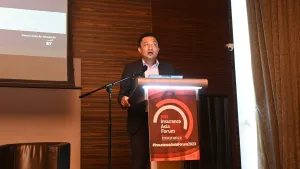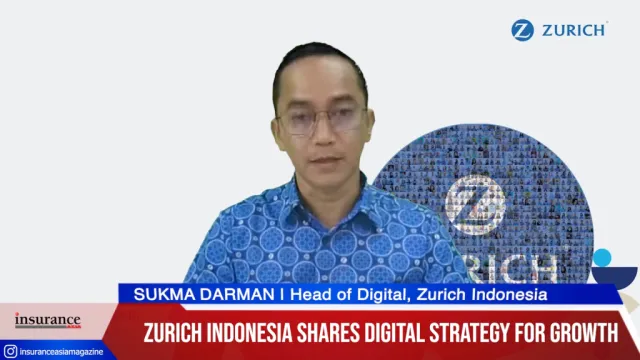
Study shows how resilient Singaporeans are: Income Insurance
Overall, Singaporeans were marked as resilient in wellbeing but could still be nurtured.
Singaporeans are deemed resilient in terms of mental, physical, social and financial well-being, according to a study by Income Insurance and the Centre for Research on Successful Ageing (ROSA) at Singapore Management University (SMU).
It also revealed a baseline for Singaporeans' resilience, identifying strengths and vulnerabilities among different demographic groups.
“The Singapore Resilience Study examined the resilience profiles of 2,021 Singaporeans aged between 26 and 78 years old. On average, the sample respondents’ resilience mean scores were 5 to 7.5 points above the midpoints of the four resilience measures, marking Singaporeans as resilient,” the study said.
Other findings
Younger Singaporeans demonstrate higher social and physical resilience compared to older age groups. The oldest age group (66 to 78 years old) exhibits lower physical resilience.
"The pressures that everyday Singaporeans face will continue to grow in Singapore. With this study, we have developed a multi-faceted understanding of the financial, mental, physical and social resilience levels of Singaporeans. Specific to the older adults in this study, we analysed data drawn from SMU’s Singapore Life Panel. Intervention programmes aimed towards the development of resilience are critically important. While we may not be able to control what future challenges hold, cultivating a social environment that empowers resilience will ensure that well-being is safeguarded," stated Paulin Tay Straughan, Professor and Director of the Centre for ROSA, SMU.
ALSO READ: New framework catapults Singapore’s insurance sector resilience: S&P Global Ratings
Married individuals tend to have greater social and financial resilience, likely due to dual-income households. Singles are less financially resilient and have lower social resilience, as they lack spousal and extended family support.
Respondents in private housing exhibit the highest levels of social, physical, and financial resilience. Lower resilience levels are observed in those living in smaller HDB flats.
Employed individuals have higher resilience, while retirees and homemakers fare better than the unemployed in social and financial resilience.
Unemployed individuals report lower resilience across all domains, likely due to increased financial uncertainty and social exclusion.
Higher education levels are associated with higher levels of mental, social, physical, and financial resilience. Unemployed and less educated individuals are among the least resilient.
The study also explored the factors that contribute to resilience, including social support, social engagement, financial literacy, and insurance ownership. It found that individuals with more resources in these areas tend to be more resilient and have better overall well-being.
Recommendations
The study also provided recommendations on which Singaporeans’ resilience could further improve.
- Targeted Social Support: Provide support to unemployed individuals and those from lower socioeconomic backgrounds to enhance their resilience while they seek employment.
- Healthy Aging: Offer interventions to help older Singaporeans maintain physical well-being and resilience.
- Retirement Planning: Include social preparations in retirement planning alongside financial preparedness to promote social engagement among retirees.
- Redefine Work: Encourage shifts in how formal and informal work is perceived, valued, and compensated to benefit different demographic groups.
- Financial Literacy: Implement financial literacy programs tailored to retirees, homemakers, and individuals with lower socioeconomic status.
- Insurance Access: Ensure insurance offerings meet the needs of various groups, including older individuals, to enhance their financial resilience.
These interventions aim to strengthen the resilience of vulnerable demographic groups in Singapore and improve overall well-being.
"Such insights are particularly pertinent especially when we continue to face challenges that stem from global economic uncertainties, an inflationary environment and geo-political tension just as we emerge from the throes of the pandemic.” added Andrew Yeo, Chief Executive Officer of Income Insurance
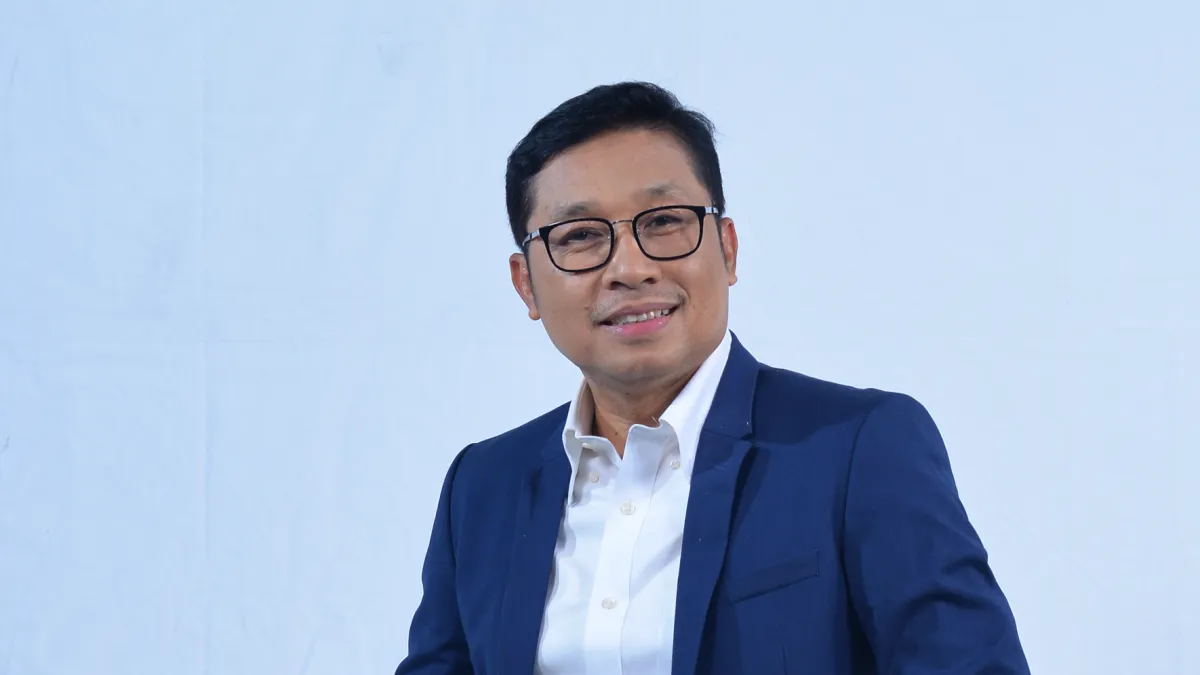



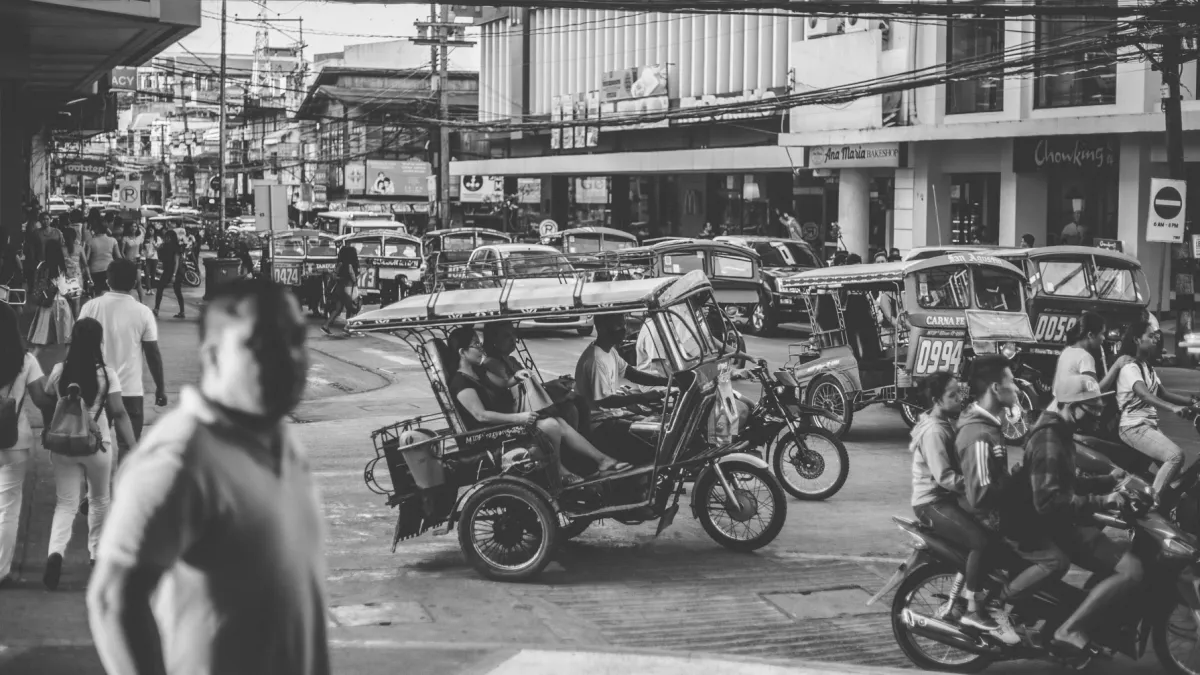


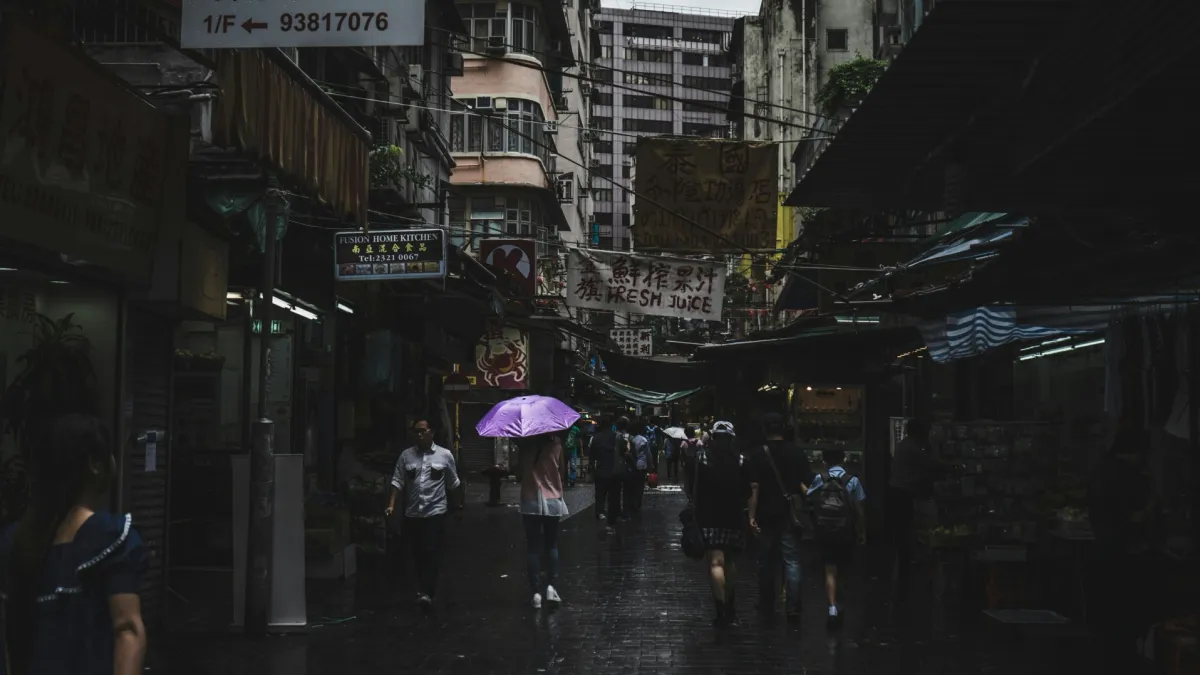


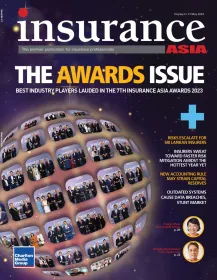
 Advertise
Advertise


